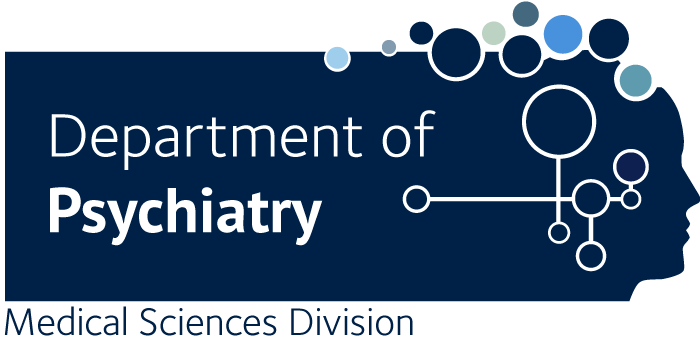Biological indicators of suicide risk in youth with mood disorders: What do we know so far?
Lewitzka U., Doucette S., Seemüller F., Grof P., Duffy AC.
Suicidal behaviour in youth is a major public health concern worldwide, and youth in the early stages of a primary mood disorder are an identifiable high-risk population. Neurobiological research in youth at risk for suicidality has sought to investigate the most promising parameters from research in adults. The present paper provides an overview of the current findings of neurobiological research in children and adolescents with mood disorders and suicidality including genetic/epigenetic findings, neurohormonal and immunological investigations. Longitudinal research in high-risk youth is a powerful way to investigate the influences and their pathways in determining suicidal risk in the context of a developing mood disorder. In the meantime, there are clear clinical indicators of risk to help identify youth who would benefit from close surveillance and early intervention. © Springer Science+Business Media, LLC 2012.

